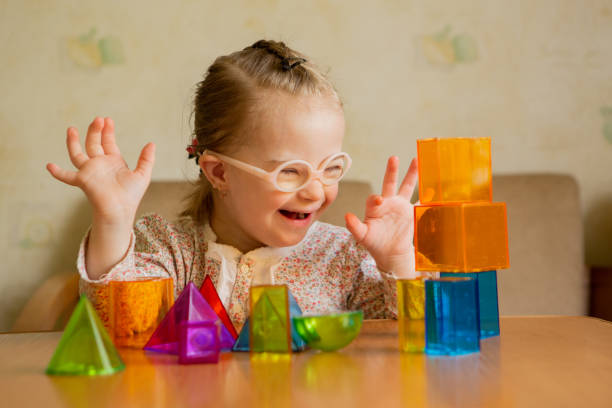
Common Myths About Special Needs Children — and the Truth
Breaking the Stigma with Compassion, Awareness, and Facts
Despite increasing awareness, many misconceptions about children with special needs still persist. These myths not only create social stigma but can also prevent children from receiving the support, opportunities, and understanding they deserve. As special educators, therapists, and caregivers, it's crucial to bust these myths and replace them with truth, empathy, and empowerment.
Let’s explore some of the most common myths about special needs children—and the real truths behind them.
❌ Myth 1: "Children with special needs can’t learn like typical children."
✅ Truth: Children with special needs can learn—they just learn differently.
Some may need visual aids, extra time, repetition, or hands-on learning. With individualized instruction and the right support, many special needs children make significant progress in academic and life skills. The key is to meet the child where they are and help them grow from there.
❌ Myth 2: "All special needs children are the same."
✅ Truth: Every child is unique—even within the same diagnosis.
Autism, ADHD, Intellectual Disabilities, Down syndrome—each condition presents differently in each child. One child with autism may be non-verbal, while another might have strong verbal skills but struggle with social cues. Individualized approaches are essential.
❌ Myth 3: "They should be taught in separate classrooms."
✅ Truth: Many special needs children thrive in inclusive settings.
When provided with proper support like shadow teachers, visual aids, and modified tasks, children with special needs can learn alongside their peers. Inclusive education promotes social interaction, empathy, and mutual respect for all students.
❌ Myth 4: "Children with special needs will always be dependent."
✅ Truth: Many grow up to lead independent, fulfilling lives.
With early intervention, therapy, life skills training, and family support, many children with special needs learn to manage daily tasks, hold jobs, and live semi- or fully independently. Progress may take time, but independence is possible and achievable.
❌ Myth 5: "Behavior problems mean the child is just being naughty."
✅ Truth: Behavior is often a form of communication.
Many children with special needs experience sensory overload, anxiety, or difficulty expressing emotions. Challenging behaviors often signal unmet needs or frustration, not defiance. Understanding the reason behind the behavior helps in teaching regulation and coping skills.
❌ Myth 6: "Special needs children don’t understand social rejection."
✅ Truth: They do—and it affects them deeply.
Children with special needs may express feelings differently, but they crave friendship, inclusion, and acceptance. Being excluded or mocked affects their confidence and emotional well-being. That’s why inclusive classrooms and peer education are so vital.
❌ Myth 7: "Bad parenting causes special needs."
✅ Truth: Special needs are caused by neurological, genetic, or developmental factors—not parenting.
Parents of special needs children are often loving, committed, and strong advocates. Blaming them only adds to the emotional burden they already face. Instead, families need support, respect, and community.
Final Thoughts
It’s time to shift the narrative around special needs children—from one of limitation to one of possibility. These children have incredible potential, unique strengths, and valuable perspectives to share with the world. All they need is the right support and a chance to shine.
By breaking these myths, we create more inclusive schools, understanding communities, and a world that embraces every child for who they are.
Back to Blogs